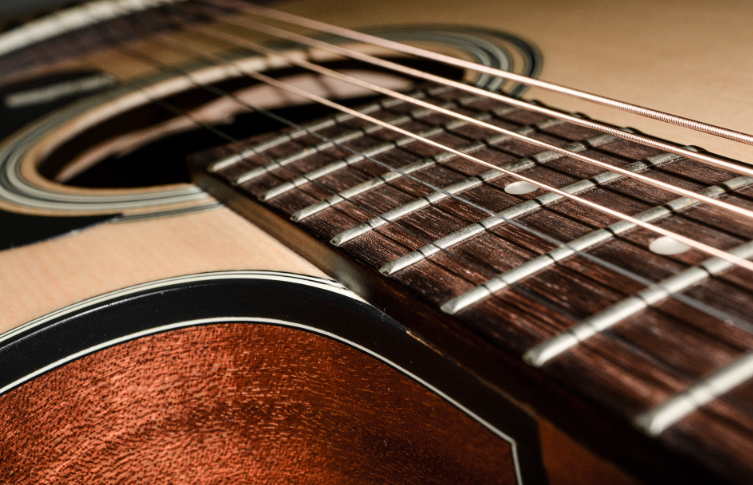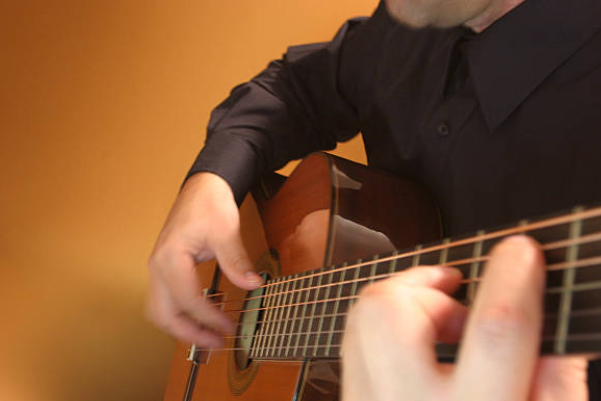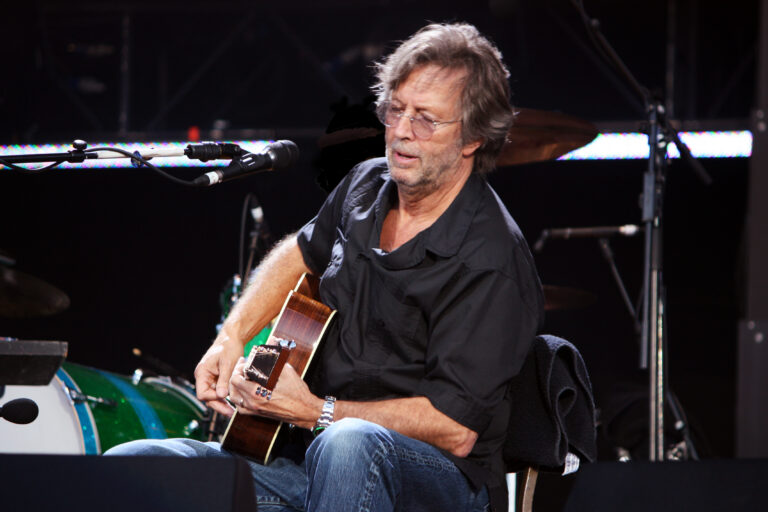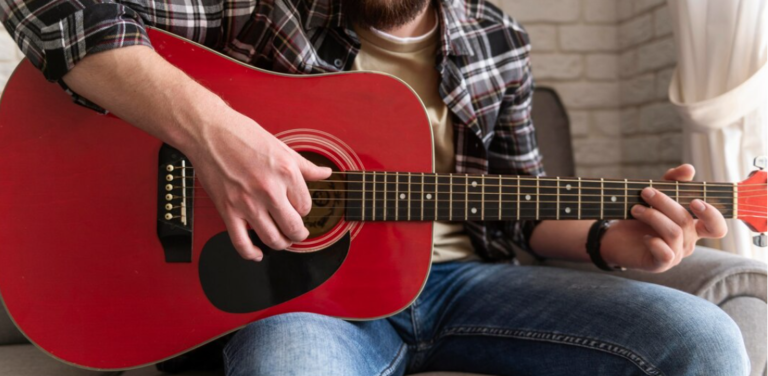The B Barre Chord: 2 Easy Ways to Play It
The B Barre Chord, an essential and versatile chord in guitar playing, offers a unique richness and depth to music across various genres. Whether you’re a budding guitarist or an experienced player looking to refine your skills, mastering the B Barre Chord is a pivotal step in your musical journey. This comprehensive guide will provide you with the techniques, history, and practical tips to confidently add the B Barre Chord to your repertoire. This is how to play the B Barre Chord flawlessly and better than YouTube. Here at Real Brave, we think so anyway.
Understanding the B Barre Chord
The B Barre Chord is played by using one finger (usually the index) to press down all or several strings across a single fret of the guitar. This technique allows for playing the B chord in different positions on the fretboard, offering a fuller sound compared to open chords.
Historical Context of the B Barre Chord
- Early Guitar Music: The barre chord technique, crucial for the B Barre Chord, originated in classical guitar. It allowed guitarists to play chords across the fretboard, expanding the harmonic possibilities of the guitar.
- Renaissance and Baroque Periods: During these periods, the guitar mainly served as a rhythm instrument. The B Barre Chord provided harmonic diversity and a fuller sound, influencing the evolution of guitar techniques.
- Classical Guitarists: Influential figures like Fernando Sor and Francisco Tárrega incorporated the B Barre Chord into their compositions, exploring its potential in classical guitar music.
- Jazz Age: The B Barre Chord’s versatility was essential in jazz for navigating complex progressions and key changes.
- Rock and Roll Era: The electric guitar era saw the rise of the B Barre Chord in rock music. Its resonant sound, particularly suited for the amplified guitar, was used extensively by guitar legends.
Playing the B Barre Chord
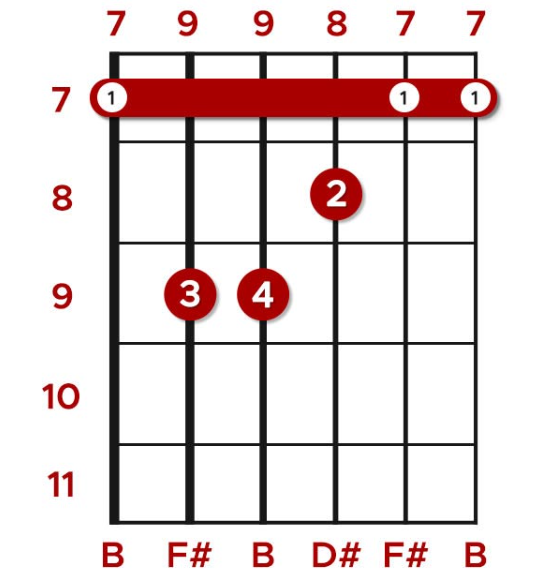
E Major Shape B Barre Chord
- Root Note: Locate the root note, B, on the low E (6th) string at the 7th fret.
- Barre the 7th Fret: Place your index finger across all six strings at the 7th fret.
- Forming the Chord: Place your ring finger on the 9th fret of the A (5th) string, your pinky finger on the 9th fret of the D (4th) string, and your middle finger on the 8th fret of the G (3rd) string.
- Strumming: Strum all strings, ensuring each one rings out clearly.
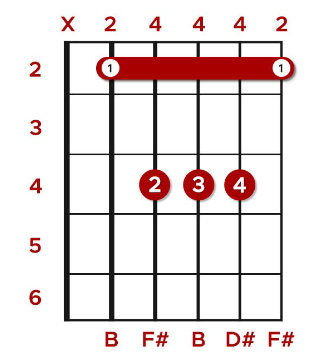
A Major Shape B Barre Chord
- Root Note: Find the root note on the A (5th) string at the 2nd fret.
- Barre the 2nd Fret: Barre your index finger across the A (5th) string down to the high E (1st) string.
- Forming the Chord: Place your ring finger across the D (4th), G (3rd), and B (2nd) strings at the 4th fret.
- Strumming: Strum from the A (5th) string down.
Tips for Mastering the B Barre Chord
- Finger Placement: Keep your barring finger close to the fret for better sound production.
- Hand Position: Your thumb should be at the back of the neck for support.
- Practice Regularly: Develop finger strength and flexibility with consistent practice.
- Transitioning: Practice moving into and out of the B Barre Chord from other chords.
Incorporating the B Barre Chord in Music
The B Barre Chord finds its place in a variety of songs across genres. Practicing this chord in different musical contexts enhances your playing skills and understanding of its role in guitar music.
Advanced Techniques
As your skills progress, experiment with variations of the B Barre Chord, like adding sevenths or suspended notes, to bring more complexity to your playing.
